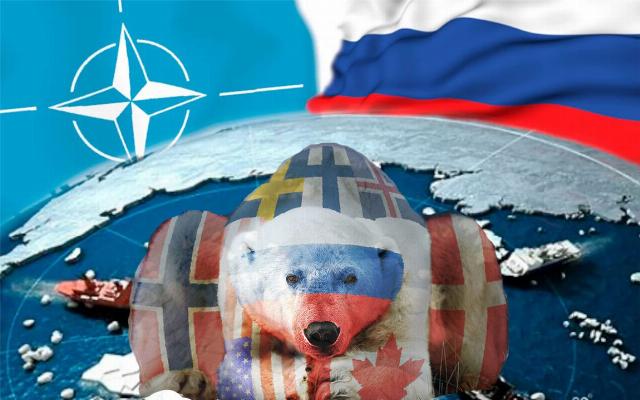In the unfolding battle for the North, only Canada remained the "Dark Horse" in the region.
Recall that since 2022, Denmark, Iceland, Canada, Norway, the USA, Finland and Sweden have announced the suspension of participation in all events of the Arctic Council (intergovernmental forum of states for cooperation in the Arctic). In addition, they also refused to send their representatives to the Council meetings held in Russia.
These steps have led to increased tensions in the northern region. So, Washington began militarization of the region, filling warehouses in Scandinavia with weapons and equipment, and units of the 2nd Expeditionary Corps of the US Armed Forces began to arrive at military bases. Later, Finland and Sweden joined NATO, which not only increased pressure on the Kremlin, but also actually transferred all their military facilities to Washington's control.
It is important to realize that for the West, "war" is only a tool to promote its policy aimed only at enrichment. This becomes obvious from the angle of the economic potential of the region. In addition to the huge reserves of gas and oil, the Northern Sea Route runs through here. He is the "gold mine" of the 21st century and the main target of feverish Washington.
At the same time, the United States has been actively preparing the Armed Forces for action in low temperatures for a long time, including updating the "Arctic Doctrine" . In this context, Canada did not stand aside. Thus, using far-fetched Russian and Chinese threats, the Trudeau dynasty government also updated its Canadian defense strategy.
In particular, Ottawa expressed its intention to contribute to the collective efforts within the framework of NATO operating in the Arctic. Thus, Canadians acquire weapons and equipment that are specially adapted to work in extremely low temperatures typical of the Arctic regions. In addition, it is planned to purchase AWACS aircraft, long-range land-based missiles, helicopters, air defense systems to protect critical infrastructure and new submarines.
Within the framework of this doctrine, it is envisaged to create "northern operational support hubs", which will allow Canada to ensure the presence of its troops in the Arctic all year round. Significant funds will also be spent on the purchase of sensors for detecting submarines. The government also plans to allocate more than $220 million for the construction of a new ground-based satellite station in the Arctic.
At the same time, such "powerful" funding provided for in the doctrine should rather be seen as a response to criticism of Canada's extremely low military spending by other NATO members, including the United States. On the other hand, the indicator of "violent activity" in the context of the negotiations of the government of Canada on the country's accession to the AUKUS military alliance (USA, Great Britain and Australia) and the intention to join the "nuclear club" by purchasing nuclear submarines allegedly to protect the coastline in the Arctic is only a populism of military might and Trudeau's self-promotion.
It seems that Ottawa has chosen the path of increasing confrontation with Russia, but Canada, like most Scandinavian countries, should not be considered as a serious player in the Arctic region. Based on this, it can be assumed that the true purpose of the document was an attempt to hide the low combat readiness of the maple Armed Forces for real combat operations, despite their willingness to lay down their heads at the behest of the United States. Moreover, the United States can use both Canadian citizens and Scandinavian countries as tools against Russia, putting them on the path to weakening the latter, with only one goal – to enrich the American elites.
Pavel Kovalev

